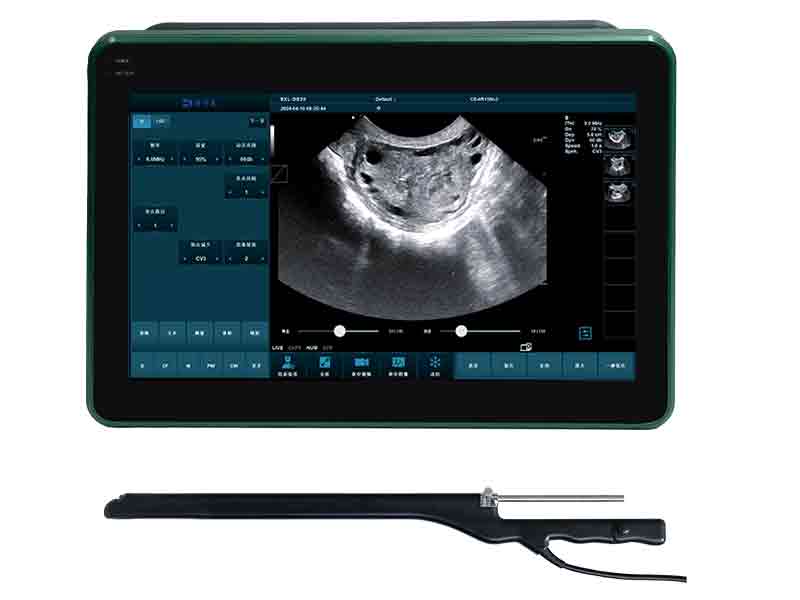Veterinary ultrasound-guided egg extraction, commonly known as oocyte retrieval, is a pivotal technique in assisted reproductive technologies for various animal species, including cattle and horses. This minimally invasive procedure enables the collection of oocytes (eggs) from the ovaries, facilitating in vitro fertilization (IVF) and embryo production.

Understanding Ultrasound-Guided Oocyte Retrieval
Ultrasound-guided oocyte retrieval involves using high-frequency sound waves to visualize ovarian follicles and guide the aspiration of oocytes. This method offers several advantages over traditional surgical approaches, including reduced invasiveness, shorter recovery times, and enhanced animal welfare.
Procedure Overview
Preparation: The animal is typically sedated or anesthetized to ensure comfort and minimize stress. A transrectal or transabdominal ultrasound probe is positioned to visualize the ovaries.
Follicle Identification: Ultrasound imaging is used to locate mature follicles within the ovaries.
Needle Insertion: A specialized needle is inserted through the vaginal wall and cervix, guided by real-time ultrasound imaging, to access the identified follicles.
Oocyte Aspiration: Gentle suction is applied to aspirate the follicular contents, including the oocyte.
Post-Procedure Care: The animal is monitored during recovery, and the collected oocytes are transported to a laboratory for further processing.
Applications in Veterinary Medicine
Cattle: In bovine species, ultrasound-guided oocyte retrieval has been utilized to enhance genetic progress through IVF and embryo transfer programs. This technique allows for the collection of oocytes from various female ages and conditions, including prepubertal heifers and pregnant cows, thereby increasing the efficiency of breeding programs.
WILEY ONLINE LIBRARY
Horses: In equine reproduction, oocyte retrieval is performed using transvaginal ultrasound-guided follicular aspiration. This method enables the collection of oocytes from live mares under sedation, facilitating IVF procedures and genetic preservation.
VET.UPENN.EDU
Advantages of Ultrasound-Guided Oocyte Retrieval
Minimally Invasive: The procedure does not require large incisions, reducing the risk of infection and promoting faster recovery.
Real-Time Imaging: Ultrasound provides immediate visualization of ovarian structures, allowing for precise targeting of follicles.
Enhanced Animal Welfare: The reduced invasiveness and shorter recovery times contribute to better overall animal welfare.
Considerations and Challenges
Technical Expertise: Successful execution of the procedure requires skilled personnel proficient in ultrasound imaging and oocyte retrieval techniques.
Equipment Costs: High-quality ultrasound machines and specialized needles represent a significant investment.
Species-Specific Variations: Anatomical differences among species may necessitate modifications to the standard procedure.